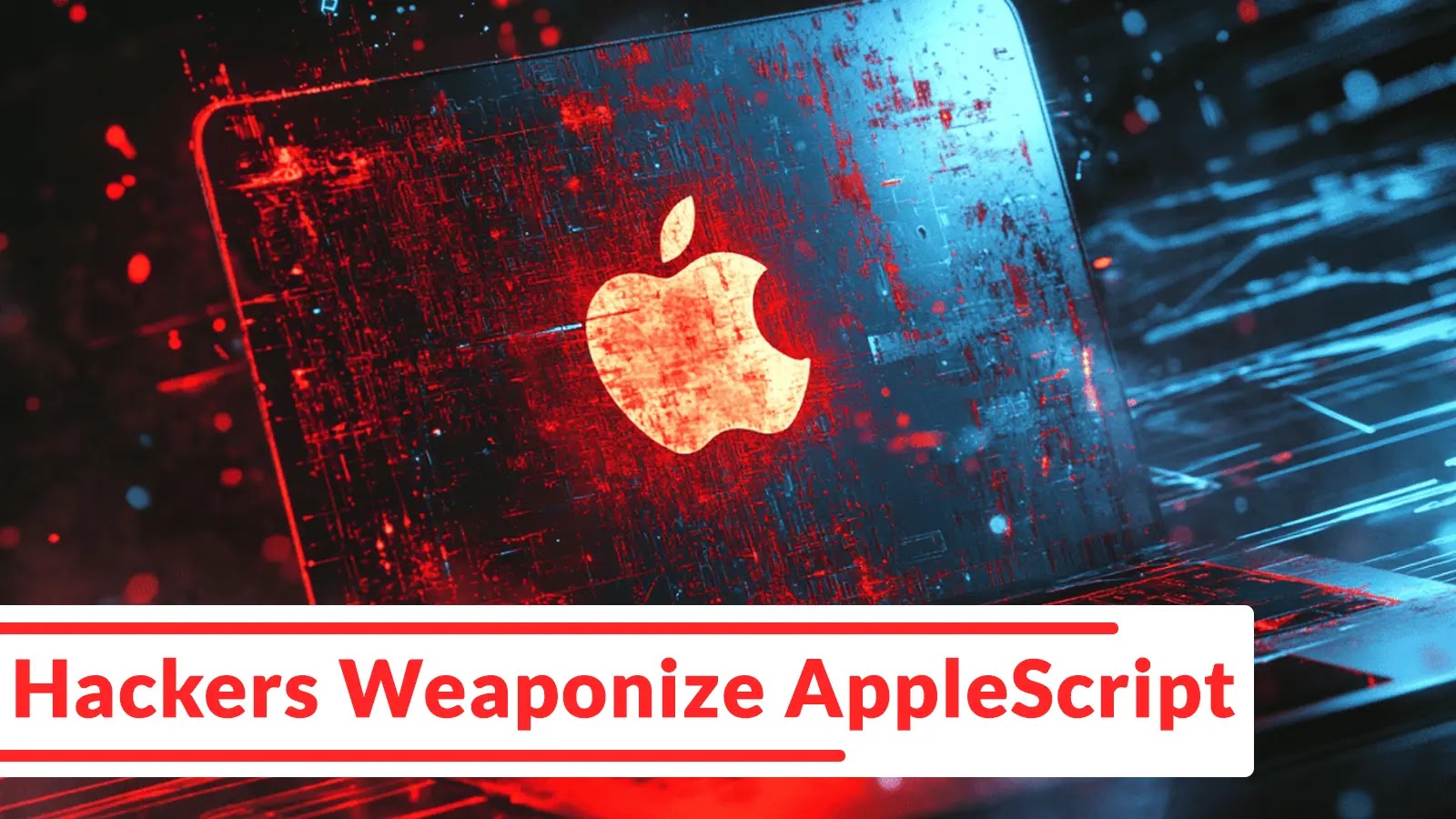
Hackers Weaponize AppleScript to Creatively Deliver macOS Malware Mimic as Zoom/Teams Updates
In the relentless cat-and-mouse game of cybersecurity, threat actors continuously refine their tactics, pushing the boundaries of traditional attack vectors. As Apple systematically enhances macOS security, adversaries pivot, exploiting novel vulnerabilities and delivery mechanisms. The latest alarming trend reveals hackers weaponizing a seemingly innocuous built-in feature: AppleScript, to cleverly bypass security controls and deliver malware disguised as routine updates for popular communication platforms like Zoom and Microsoft Teams.
The Evolution of macOS Malware Delivery
For years, macOS users benefited from Gatekeeper, Apple’s security feature designed to ensure only trusted software runs on your Mac. A common bypass involved users “right-clicking and opening” unsigned applications, effectively overriding Gatekeeper’s warnings. However, Apple’s proactive security enhancements, including the removal of this Gatekeeper override in August 2024, have forced threat actors to innovate. This change, while crucial for bolstering macOS defenses, inadvertently paved the way for new exploitation methods.
AppleScript: A New Weaponized Vector
Threat actors have now identified and weaponized compiled AppleScript files (typically with a .scpt extension) as a potent delivery mechanism. AppleScript, an automation language native to macOS, allows users to control applications and perform system-level tasks. Its legitimate purpose is now being twisted for malicious intent.
The ingenuity lies in the deceptive naming conventions employed by attackers. They craft these malicious .scpt files to mimic legitimate update installers for widely used applications such as Zoom or Microsoft Teams. Users, accustomed to frequent updates for these platforms, might inadvertently trust and execute these seemingly benign files.
Once executed, the AppleScript can contain commands designed to download and install malware, execute shell commands, establish persistence, or exfiltrate data, all under the guise of an “update.” This method smartly sidesteps Gatekeeper’s checks for unsigned applications because AppleScript itself is a signed macOS component, allowing the script’s execution without immediate red flags.
CVEs and the Broader Threat Landscape
While the referenced source does not specify a particular CVE for this AppleScript weaponization technique, similar vulnerabilities and exploitation methods leveraging legitimate system functionalities can often be tracked. For instance, privilege escalation vulnerabilities or arbitrary code execution bugs related to scripting engines could be relevant. It’s crucial for security professionals to stay updated on CVE-XXXX-XXXXX and similar advisories that might emerge concerning AppleScript or related macOS components being abused.
This method represents a sophisticated social engineering tactic combined with technical bypass capabilities, demonstrating that even built-in, trusted system tools can become powerful weapons in the hands of resourceful adversaries.
Remediation Actions
Mitigating the risk associated with weaponized AppleScript requires a multi-layered security approach and heightened user awareness. Here are key actions for IT professionals and users:
- Educate Users: Conduct regular training on identifying phishing attempts and suspicious downloads. Emphasize verifying the source and legitimacy of all software updates, regardless of how urgent they appear.
- Verify Software Updates: Always download updates directly from the official vendor website or through the application’s built-in update mechanism. Never trust updates offered via pop-ups, emails, or third-party download sites.
- Implement Endpoint Detection and Response (EDR): EDR solutions can monitor system behavior for anomalous activity, even from legitimate processes like AppleScript, detecting malicious actions post-execution.
- Stricter Application Whitelisting: For corporate environments, consider implementing application whitelisting policies that strictly control which applications and scripts are permitted to run.
- Regular Security Audits: Periodically audit system logs for unusual AppleScript execution or attempts to modify system files.
- Leverage Threat Intelligence: Stay informed about the latest macOS threats and indicators of compromise (IOCs) to proactively defend against emerging attack vectors.
Tools for Detection and Mitigation
While the core issue is an abuse of a legitimate feature, various tools can aid in detection, analysis, and prevention.
| Tool Name | Purpose | Link |
|---|---|---|
| Apple Unified Logging | System-wide logging for macOS, essential for forensics and detecting suspicious script execution. | developer.apple.com/documentation/oslog |
| Objective-See Tools (e.g., BlockBlock, KnockKnock) | Free macOS security tools for detecting persistence mechanisms and analyzing installed software. | objective-see.org/products.html |
| Commercial EDR Solutions (e.g., CrowdStrike, SentinelOne) | Advanced endpoint protection, detection, and response capabilities for macOS. | (Vendor-specific links) |
| VirusTotal | Online service for analyzing suspicious files and URLs, identifying malware. | virustotal.com |
Conclusion
The weaponization of AppleScript underscores a critical reality in cybersecurity: attackers will always seek the path of least resistance. As traditional defenses improve, they will adapt, finding new ways to exploit trusted features and human psychology. For anyone managing or using macOS systems, understanding these evolving threats and adopting robust security practices and continuous vigilance is paramount to protecting against sophisticated, well-crafted attacks that mimic legitimate system operations.





